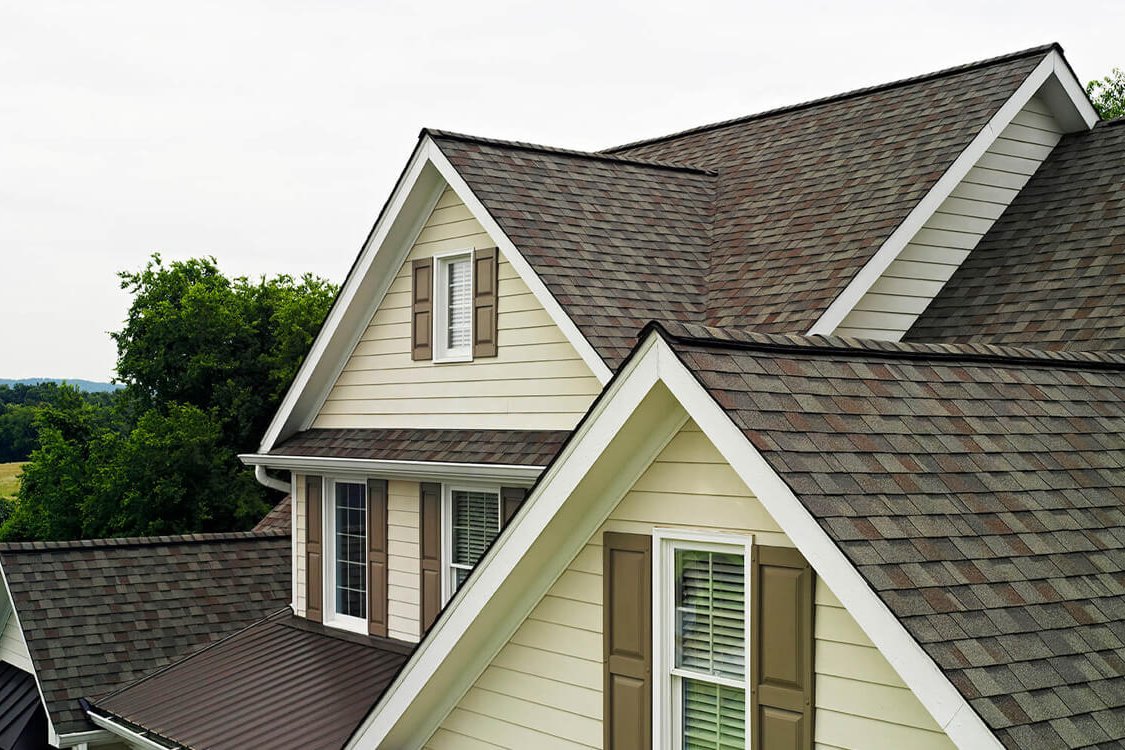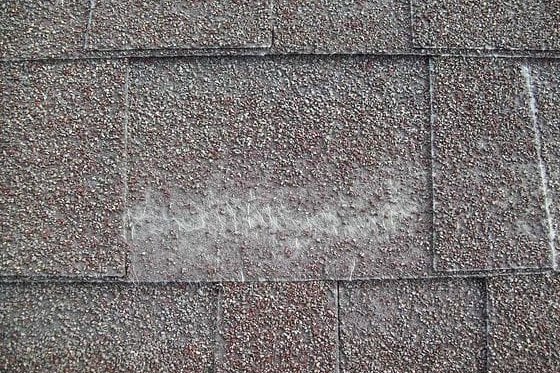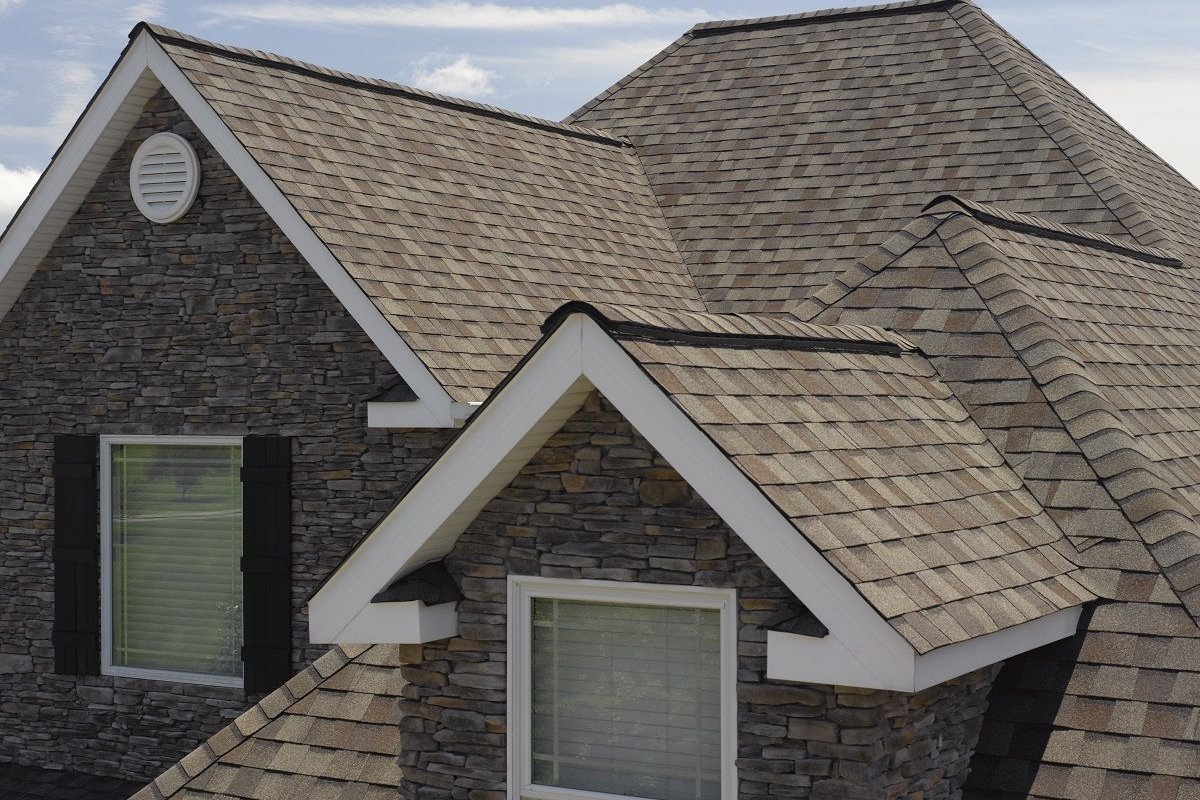Environmental Benefits of Integrating Rain Barrels with Your Gutter System in Rainier, Oregon
Homeowners in Rainier, Oregon, are increasingly looking for ways to make their properties more sustainable and environmentally friendly. One effective and relatively simple method is integrating rain barrels into your existing gutter system. This practice, known as rainwater harvesting, captures water that would otherwise become stormwater runoff, offering a multitude of benefits for your home, garden, and the local environment. Understanding how rain barrels work in conjunction with well-maintained gutters is the first step towards harnessing this valuable resource.
Understanding Stormwater Runoff and Its Environmental Impact
Before diving into the benefits of rain barrels, it's crucial to understand the problem they help address: stormwater runoff. When rain falls on developed areas, it hits impermeable surfaces like roofs, driveways, sidewalks, and roads. Unlike natural landscapes where rain soaks into the ground, these surfaces prevent infiltration. The water flows rapidly over these surfaces, picking up pollutants along the way.
This runoff collects various contaminants, including:
- Oil and grease from vehicles
- Pesticides and fertilizers from lawns and gardens
- Sediment and debris
- Bacteria and viruses from pet waste and other sources
- Litter and trash
As this polluted water flows into storm drains, it's often discharged directly into nearby rivers, streams, and other waterways without treatment. In the Rainier area, this can impact the health of local aquatic ecosystems, affecting fish and other wildlife, and potentially contaminating sources of drinking water downstream.
Rapid stormwater runoff also contributes to erosion, particularly along streambanks, further degrading habitats. During heavy rainfall events, the sheer volume of runoff can overwhelm storm drain systems, leading to localized flooding and property damage. Reducing the amount of water entering these systems is vital for protecting both the environment and community infrastructure.
Rain Barrels: A Simple Solution for Rainwater Harvesting
A rain barrel is essentially a container designed to collect rainwater from a downspout. By directing water from your roof, through your gutters, and into a barrel, you intercept it before it becomes runoff. This collected water can then be used for various purposes around your home.
Connecting a rain barrel requires a functional gutter and downspout system. The downspout is typically diverted or cut to allow water to flow directly into the barrel's opening, which should be covered with a screen to keep out debris and insects. Most rain barrels also have a spigot near the bottom for easy access to the water and an overflow mechanism to divert excess water once the barrel is full.
Choosing the right rain barrel depends on your needs and aesthetics. Common materials include plastic (often recycled food-grade barrels) or wood (like repurposed whiskey barrels). Sizes vary, but typical residential barrels hold between 50 and 100 gallons.
Detailed Environmental and Practical Benefits
Integrating rain barrels into your gutter system offers a wide array of benefits:
Water Conservation: This is perhaps the most direct benefit. The water collected in a rain barrel is free and readily available for outdoor use. This reduces your reliance on treated municipal water or well water for tasks like watering gardens, washing cars, or cleaning outdoor surfaces. Over a year, especially in a climate like Oregon's, collecting rainwater can significantly decrease your household's water consumption.
Reducing Stormwater Runoff Volume: By capturing water from your roof, you directly decrease the amount of water flowing into storm drains. This helps mitigate the issues associated with rapid runoff, such as erosion and overwhelming drainage systems. Every gallon collected is a gallon prevented from potentially carrying pollutants into local waterways.
Pollution Reduction: While rain barrels don't filter out all pollutants, they intercept water that would otherwise flow over driveways and streets, picking up contaminants. Using harvested rainwater for irrigation means you're not applying potentially polluted tap water (which may contain chlorine or other treatment chemicals) to your plants, and you're not contributing to the flow of surface pollutants.
Healthier Plants and Gardens: Rainwater is naturally soft and free of chlorine, salts, and other minerals often found in municipal tap water or well water. Plants generally thrive on rainwater, which is at ambient temperature and provides nutrients more effectively. Using harvested water can lead to healthier soil and more vibrant gardens.
Protecting Your Home's Foundation: Proper management of water around your home's foundation is critical to prevent damage. Rain barrels, when connected to downspouts and equipped with proper overflow management, help control where roof water goes. Instead of pooling near the foundation or overwhelming perimeter drains, the water is captured or diverted safely away, reducing the risk of moisture issues, cracks, and structural problems over time.
Cost Savings: Using collected rainwater for outdoor purposes directly translates to lower water bills, especially during warmer months when irrigation needs are higher. While the initial cost of a rain barrel setup is minimal, the long-term savings on water usage can be substantial.
Supporting Local Ecosystems: By reducing polluted runoff and conserving potable water resources, you contribute to the health of local rivers and streams. Healthier waterways support healthier fish populations and aquatic life, benefiting the overall ecosystem in the Rainier area.
Educational Opportunity: Rain barrels serve as a visible reminder of the water cycle and the importance of conservation. They can be a great tool for teaching children about environmental stewardship and sustainable practices.
Installation and Integration with Gutter Systems
Installing a rain barrel typically involves a few key steps:
- Choose the Right Location: Place the barrel near a downspout, ideally on a level surface or a sturdy stand to provide enough height for gravity-fed watering. Ensure the location is convenient for accessing the spigot and managing overflow.
- Prepare the Downspout: You'll likely need to disconnect or cut your existing downspout above the height of your rain barrel's inlet. A downspout diverter is a common component that allows you to easily switch between directing water into the barrel or back down the original downspout path.
- Connect the Barrel: Position the barrel and connect the downspout or diverter outlet to the barrel's inlet. Ensure a tight seal to prevent leaks.
- Install Overflow: This is a critical step. Once the barrel is full, excess water must have a way to escape safely. Connect an overflow hose or pipe to the barrel's overflow port and direct it away from your home's foundation, towards a drain, a rain garden, or another safe discharge point. Never allow overflow water to pool near your foundation.
- Add Accessories: Install the spigot and ensure the inlet screen is securely in place to filter debris and prevent mosquito access.
For effective rainwater harvesting, your gutter system must be in good working order. Clogged gutters won't efficiently channel water to the downspout, and damaged gutters or downspouts can leak, wasting water and potentially causing damage elsewhere.
For homeowners planning significant gutter system upgrades or needing a full roof assessment that might impact gutter performance before installing rain barrels, getting an initial understanding of project scope and cost is helpful.
Get your free instant roof and gutter estimate Get your free instant roof estimate
Maintenance for Rain Barrels and Gutters
Regular maintenance is essential for both your rain barrel and your gutter system to ensure efficient operation and prevent issues.
Rain Barrel Maintenance:
- Check the Screen: Periodically clean the inlet screen to remove leaves and debris that could clog it.
- Prevent Mosquitoes: The screen should be fine enough to block mosquitoes. If mosquitoes are a problem, consider using mosquito dunks (which contain a natural larvicide safe for plants and pets) or adding a small amount of vegetable oil to the water surface (a thin layer prevents larvae from breathing).
- Clean the Barrel: Flush out the barrel periodically to remove sediment buildup at the bottom. This is usually done by opening a drain plug or the lowest spigot.
- Winterize: In areas with freezing temperatures, rain barrels should be drained and disconnected from the downspout before the first freeze to prevent cracking. Store the barrel upside down or indoors. Reconnect the downspout to its original path.
Gutter System Maintenance:
- Regular Cleaning: Gutters should be cleaned regularly, especially after heavy leaf fall in autumn and again in spring. Clogged gutters prevent water from reaching the downspout and can lead to overflow, fascia damage, and foundation issues.
- Inspect for Damage: Check for leaks at seams, sagging sections, loose hangers, or damaged downspouts. Ensure downspouts are securely attached and directing water away from the foundation.
- Check Slope: Gutters should have a slight slope towards the downspouts to ensure proper drainage.
- Inspect Roof Connection: Ensure the drip edge and flashing are properly directing water into the gutters and that the fascia board behind the gutters is sound.
Maintaining your gutters ensures that the water reaching your rain barrel is as clean as possible and that the overall system protecting your home from water damage is functioning correctly. If you encounter issues with your gutters, such as significant clogs you can't clear, leaks, detachment, or signs of damage that might require repair or replacement, seeking professional help is advisable.
If you're facing urgent gutter issues like leaks or storm damage that need immediate attention to protect your home and enable rainwater harvesting, prompt professional service is crucial.
Book a professional gutter inspection or repair appointment Book a roofing appointment
Remember, SkyQuote specializes in connecting homeowners with qualified local roofers who can handle gutter repairs, replacements, and maintenance, ensuring your system is ready for rain barrel integration. We are a platform that facilitates connections, not a direct service provider for roofing or gutter work.
Frequently Asked Questions About Rain Barrels and Gutter Systems
Q: How much water can a rain barrel collect?
A: The amount of water collected depends on the size of your roof section draining to the downspout and the amount of rainfall. A single inch of rain on a 1,000 square foot roof section can yield approximately 620 gallons of water. A standard 50-75 gallon rain barrel can fill up quickly even during a moderate rain shower.
Q: Is the water from a rain barrel safe for drinking?
A: No, water collected in a standard rain barrel is not safe for drinking without proper filtration and treatment. It can pick up contaminants from your roof surface (shingles, moss, bird droppings) and the inside of the barrel. It is generally recommended only for non-potable uses like watering plants, washing cars, or cleaning.
Q: Can I connect multiple rain barrels?
A: Yes, you can connect multiple rain barrels in a series using connector kits. This increases your storage capacity, which is beneficial in areas with heavy rainfall or for homeowners with larger watering needs.
Q: What if my gutters are old or damaged?
A: A rain barrel is only effective if the gutter system is properly capturing and directing water. If your gutters are old, clogged, leaking, or damaged, they should be repaired or replaced before installing a rain barrel. A professional assessment can determine the health of your existing system.
Q: Do rain barrels attract mosquitoes?
A: Rain barrels can attract mosquitoes if the inlet is not properly screened or if the screen is damaged. Ensuring a tight-fitting screen and regularly checking the barrel for larvae (and treating if necessary) are key to preventing mosquito breeding.
Q: Are there regulations regarding rain barrels in Rainier, Oregon?
A: Generally, rainwater harvesting for residential use is encouraged in Oregon, and there are typically no restrictions on using rain barrels. However, it's always a good idea to check with local municipal guidelines if you have concerns about specific installations or larger systems.
Q: How do I know if I need professional gutter repair or replacement?
A: Signs you might need professional help include persistent leaks, sagging gutters, gutters pulling away from the fascia board, extensive rust or cracks, water overflowing from gutters even when they seem clear, or significant storm damage.
For homeowners needing to evaluate the condition of their roof and gutter system, perhaps as part of planning for rain barrel installation or general home maintenance, getting a professional opinion is valuable.
Get a quick estimate for roof or gutter work Get your free instant roof estimate
Harvesting Rain for a Greener Home
Integrating rain barrels with your gutter system is a practical step towards sustainable living in Rainier, Oregon. By capturing rainwater, you not only conserve a precious resource and save money on your water bill but also play a direct role in reducing polluted stormwater runoff that impacts local waterways. It's a simple yet powerful way to contribute to a healthier environment while benefiting your own property and garden. Ensuring your roof and gutters are in good condition is the necessary foundation for a successful rainwater harvesting system.



